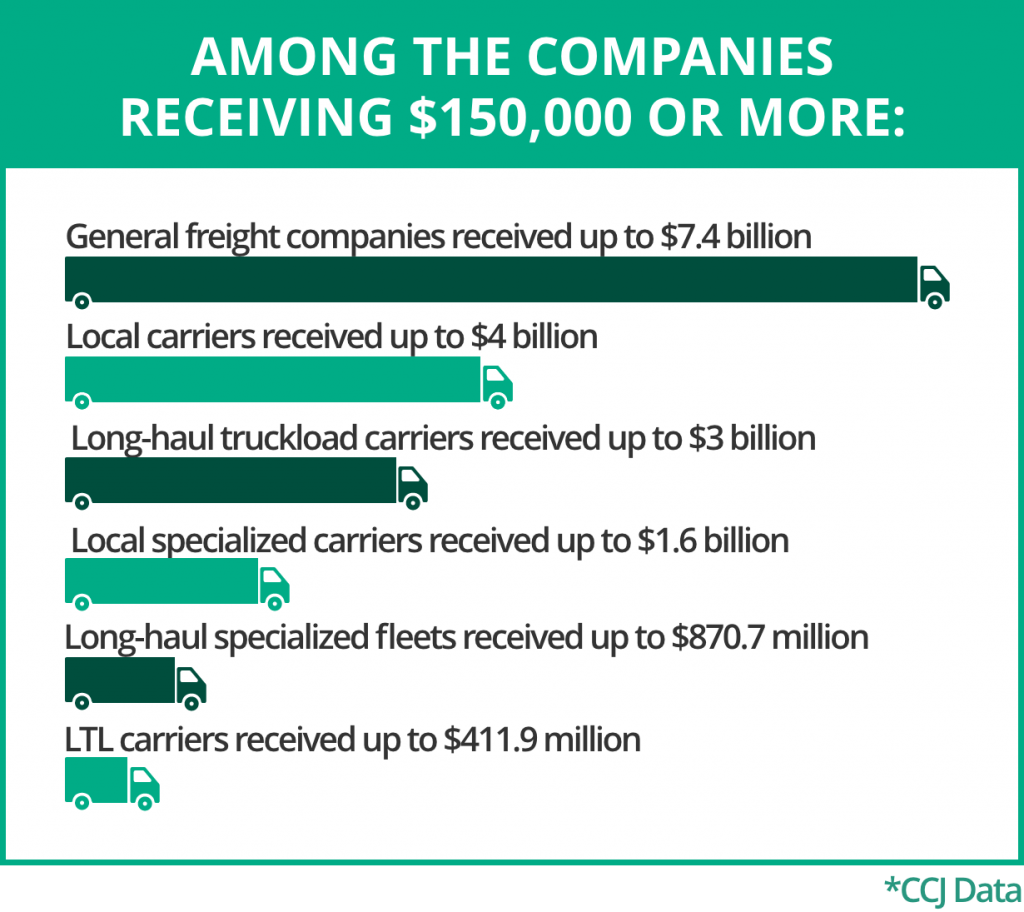IRS Brings Back Form 1099-NEC

The IRS form known as 1099-NEC is returning for the 2020 tax year. The 1099 form has been in use for a long time—it’s the tax form used for independent contractors to report their taxable income. The NEC variant hasn’t always been in use, however, as it was replaced in the early 1980s by an updated, more robust version of 1099 MISC. This year, the form you’ll use to report information about your income as an independent contractor has changed. In this article we’ll describe why that is and what you need to know to be prepared. Filing taxes correctly can save you a lot of time, money, and headache—so make sure to do your due diligence and brush up on what’s new for 2020, and read our other tips for trucking success once you’ve made a plan for this tax season.
Supposedly, the revival of this tax form is in response to the Protecting Americans from Tax Hikes Act of 2015 (PATH Act), which now requires businesses to file new information returns that are specific to their 1099 (aka non-employee) workers by January 31 of each year. The PATH Act created new problems with the IRS and its ability to process data, because the due date for 1099-MISC forms those same workers would have to file wouldn’t be due until March 31. In order to skirt this issue, the new version of 1099-NEC, available on the IRS website, contains a new box for indicating non-employee compensation (NEC). Note, the 1099-NEC form isn’t replacing 1099-MISC. Rather, it’s a supplemental form that deals with NEC. As we’ll explain later, 1099-MISC is used to report many different types of miscellaneous income, and for that reason, it still remains in use for employers, businesses, and non-employed contractors alike.
How This Affects Fleet Owners and Drivers
If you work for a fleet or are a fleet owner yourself, it’s important to acknowledge this change. If you’re an operator, this will be the form you’ll have to fill out and supply to both the government and your contract supplier, which is slightly different from the 1099-MISC you’ve likely filled out in previous years and will have to fill out again this year. If you’re a fleet owner, this will be the form you’ll have to issue to your independent contractors in 2020.
Form 1099-MISC, which most seasoned owner/operators should be familiar with, is what’s called an information return businesses of all kinds use to report payments to outside independent contractors. This form is also used for other types of income payments like royalties and rent payments, which only applies to certain types of businesses. Any contractor who makes more than $600 from one particular source will receive a 1099-MISC from that source. For the most part, the 1099-MISC is filled out a lot like form W-2, except it has extra boxes for giving information about non-employed contractors.
The 1099-MISC form is an information return used to report types of payments made to independent contractors. Payments included can come in the form of royalties and rents as well, but for most O/Os, this form will be used to assess what you owe based on what outside businesses paid you during the last fiscal year.
Here’s a full list of income types that can be reported on a 1099-MISC:
- Royalties
- Rent
- Fishing boat proceeds
- Medical and health care payments
- Substitute payments in lieu of dividends or interest
- Crop insurance proceeds
- Excess golden parachute payments
- Gross proceeds paid to an attorney
So, What Do You Report on 1099-NEC?
1099-NEC is for reporting non-employee compensation. These include the following taxable payment types to independent contractors: fees, commissions, prizes, awards, and other forms of potentially non-monetary forms of compensation for services rendered. For every 1099-NEC, there are multiple copies that need to be sent to the proper parties.
Use this checklist to make sure your 1099-NEC copies get sent to the proper places:
- Copy A: Send this copy to the IRS
- Copy 1: Send to your state tax department, if your state collects income tax
- Copy B: Send to your independent contractor
- Copy 2: Send this copy of the state return to your Independent contractor
- Copy C: To be kept for your business records
Have More Questions about Taxes?
Taxes can be difficult to manage, which is why we make a point to keep our readers updated on the latest changes to tax code and different financial strategies for owner/operators. If you’re interested in what truckers have been doing to find enough capital to stay afloat during the coronavirus pandemic, read our blog on short-term financing. Keep up to date on the state of trucking in America by reading our posts on supply chain and employment topics, which you can find here. If you’re new to trucking, and want to get started with your own fleet or your own rig, contact us with any questions you might have and we can help you get started in a brand new career.








